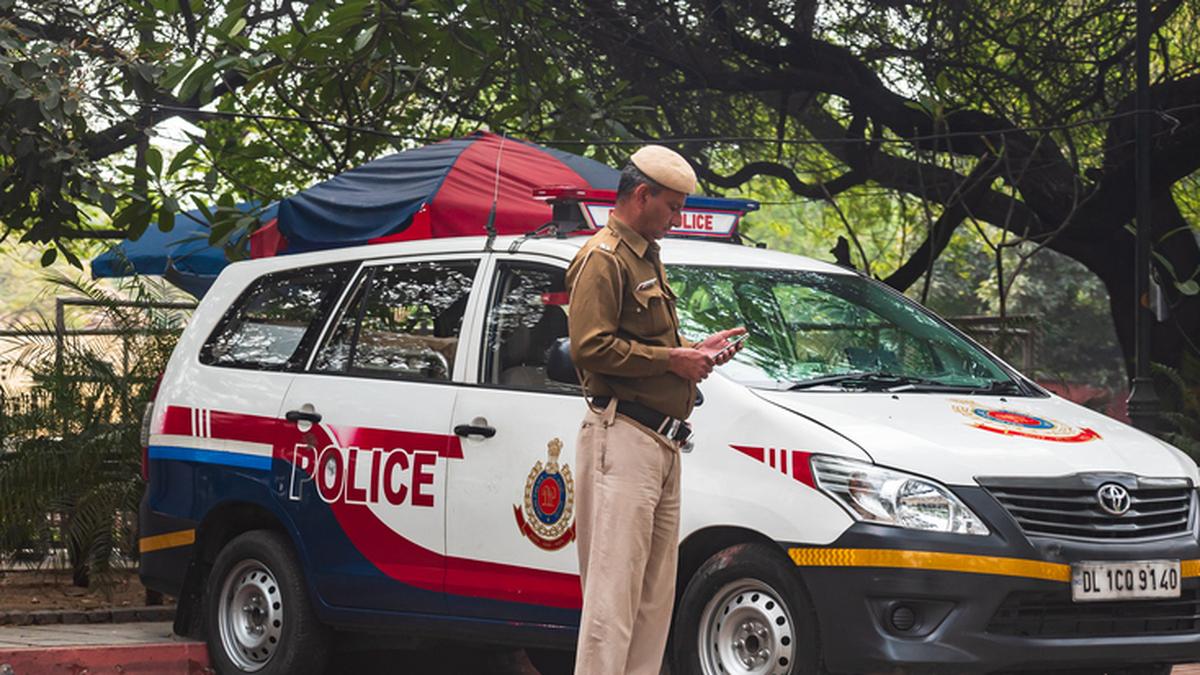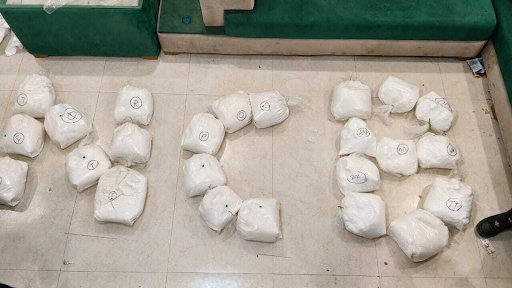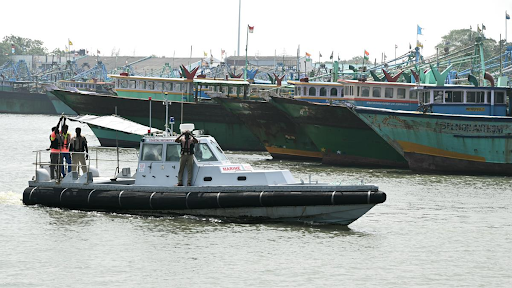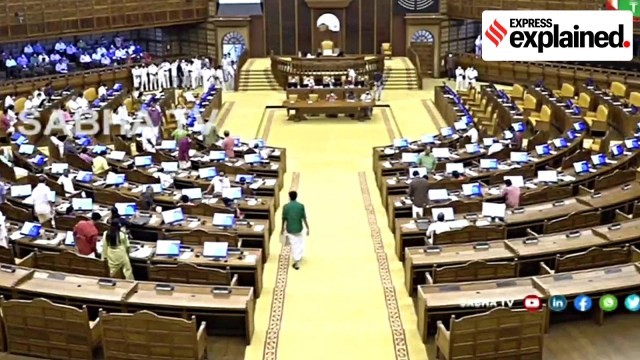




Disclaimer: Copyright infringement not intended.
The government intensifies efforts against urban Naxalites while maintaining pressure on traditional Maoist threats.
The term ‘Urban Naxals’ was first used to describe anti-establishment protesters and other dissenters in the wake of the crackdown on left-wingers and other liberals embroiled in the Elgaar Parishad case in Maharashtra. It is one of the two ongoing investigations related to the Bhima Koregaon violence of January 1, 2018.
The term is based on a Maoist strategy where they look to urban regions for leadership, organizing masses, and engaging in military tasks like providing personnel and infrastructure.
The term "Naxalism" originated in 1967 with a rebellion in the village of Naxalbari, West Bengal. The uprising, led by communist leaders and peasants, was rooted in socio-economic grievances against the landowning class and perceived exploitation by the state.
Over time, this movement grew into an armed struggle, driven by Maoist ideology, with a vision of overthrowing the state and replacing it with a communist regime. By the early 2000s, Naxalism was largely associated with rural, forested regions across what is known as the "Red Corridor" in central and eastern India. However, in recent decades, the movement has taken on a new dimension by infiltrating urban areas.
Promoting Maoist ideologies through publications, academic platforms, and social media.
Recruiting youth, students, & intellectuals sympathetic to the cause.
Influencing public opinion & government policy through strategic engagement in civil society debates and activism.
Providing urban resources to support armed Naxal groups in rural areas, including funding, medical support, and intelligence.
Urban Naxals infiltrate academic and cultural institutions, using their platforms to spread their ideologies. Through literature, lectures, seminars, and online publications, they attempt to sway young minds and promote a counter-narrative to the state.
By engaging in social and political movements, Urban Naxals build a network of sympathizers and allies. Many are active in human rights campaigns, environmental movements, and tribal rights, using these platforms as a façade Maoist ideal.
The digital age provides Urban Naxals with a powerful tool for spreading their message across all the regions. They use social media, websites, & digital publications to propagate ideas, critique the state, and rally support.
Conduct comprehensive public consultations and seek feedback from legal experts to address concerns and refine ambiguous provisions.
Ensure transparency in legislative processes by making the draft bill accessible for public scrutiny and debate before reintroducing it in the assembly.
Incorporate safeguards to protect fundamental rights, including freedom of expression and the right to dissent, whereas effectively curbing unlawful activities.
Strengthen provisions for judicial oversight to prevent misuse of powers granted to law enforcement agencies under the bill.
Strike a balance between security imperatives & civil liberties to ensure that the legislation targets unlawful activities without unduly infringing on constitutional rights.
Critics argue that labeling individuals as "Urban Naxals" is sometimes used to suppress dissent & curb freedom of speech. There are concerns that the term could be misused to target activists, journalists, or intellectuals critical of government policies.
On the other hand, proponents argue that Urban Naxalism poses a legitimate threat to national security, as it aims to destabilize the state from within by manipulating democratic freedoms.
The Maharashtra Urban Naxal Bill 2024 aims to address urban Naxalism but faces criticism for potentially infringing on civil liberties & stifling dissent. Proponents see it as essential for maintaining public order & security. Its implementation & impact will spark ongoing debate over balancing security measures with fundamental rights.
READ ABOUT
The Big Picture - Fighting Naxalism
Source:
|
PRACTICE QUESTION Q.Critically analyze the concept of 'Urban Naxalism'. Discuss the socio-economic factors contributing to its emergence and the strategies adopted by the government to counter it. (150 words) |





© 2025 iasgyan. All right reserved